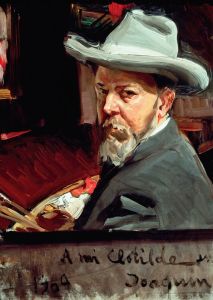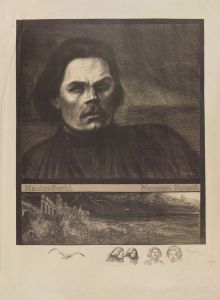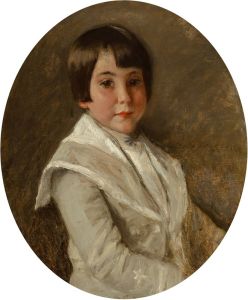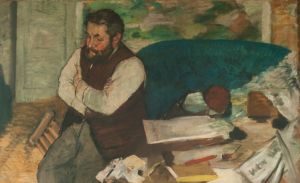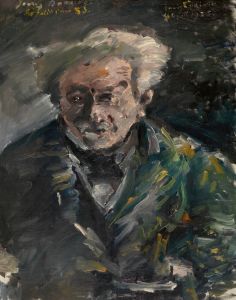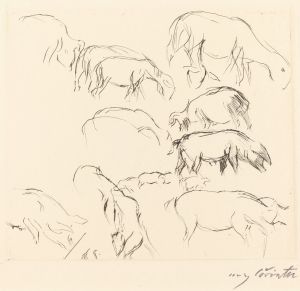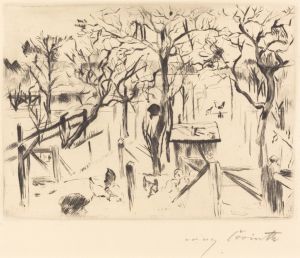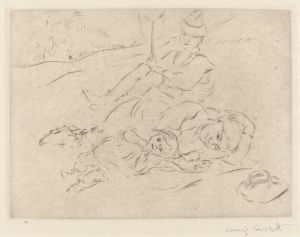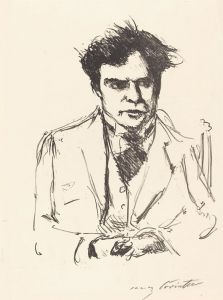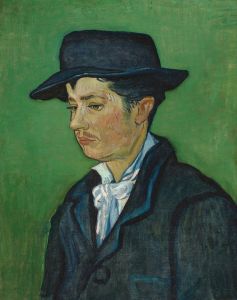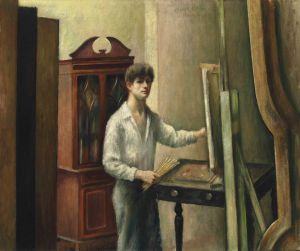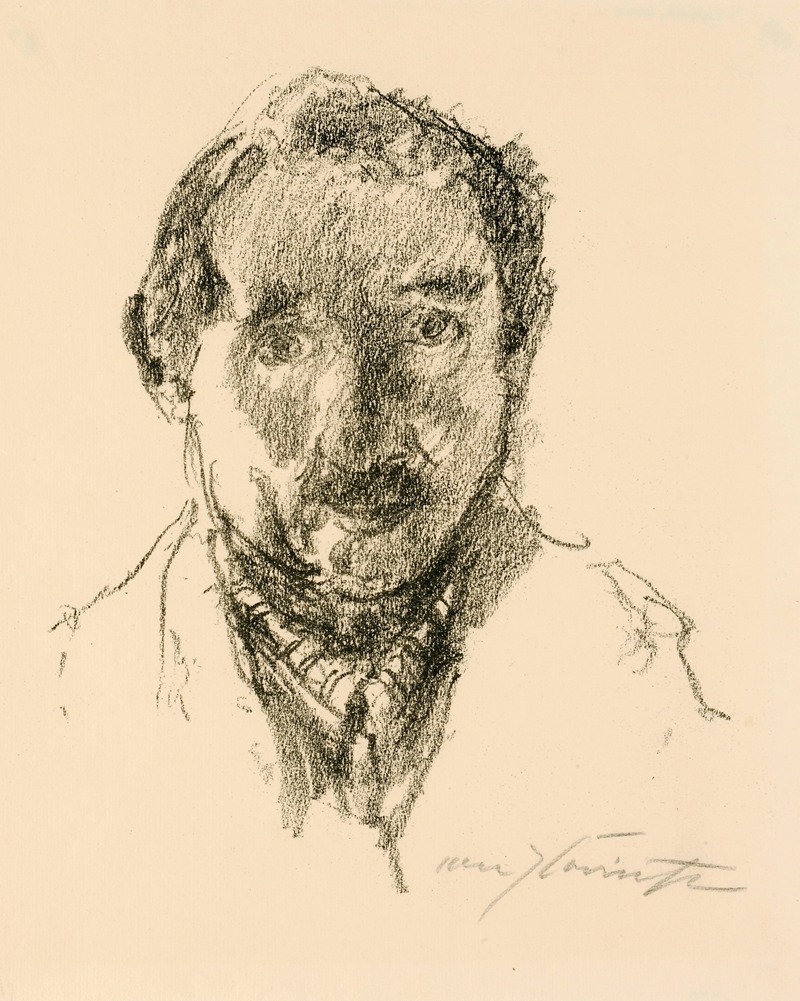
Self-Portrait
A hand-painted replica of Lovis Corinth’s masterpiece Self-Portrait, meticulously crafted by professional artists to capture the true essence of the original. Each piece is created with museum-quality canvas and rare mineral pigments, carefully painted by experienced artists with delicate brushstrokes and rich, layered colors to perfectly recreate the texture of the original artwork. Unlike machine-printed reproductions, this hand-painted version brings the painting to life, infused with the artist’s emotions and skill in every stroke. Whether for personal collection or home decoration, it instantly elevates the artistic atmosphere of any space.
Lovis Corinth was a German painter and printmaker whose work spans the transition from late Impressionism to Expressionism. One of his notable works is "Self-Portrait," which exemplifies his unique style and artistic evolution. Corinth was known for his vigorous brushwork and vibrant use of color, and his self-portraits are particularly significant in understanding his personal and artistic journey.
Born in 1858 in Tapiau, East Prussia, Corinth studied art in Königsberg, Munich, and Paris. His early work was influenced by the academic traditions of the time, but he gradually embraced the looser brushwork and brighter palette of Impressionism. By the time he painted his self-portraits, Corinth had developed a distinctive style that combined elements of both Impressionism and Expressionism.
Corinth's self-portraits are notable for their introspective quality and emotional depth. They often reveal his psychological state and provide insight into his self-perception. Throughout his career, he painted numerous self-portraits, each reflecting different aspects of his personality and life experiences. These works are characterized by their dynamic brushstrokes and bold use of color, which convey a sense of immediacy and vitality.
One of the most significant periods in Corinth's life was after he suffered a stroke in 1911, which left him partially paralyzed. This event had a profound impact on his art, leading to a more expressive and sometimes darker style. His self-portraits from this period often depict him with a more somber and introspective demeanor, reflecting his struggles with physical limitations and mortality.
Corinth's "Self-Portrait" paintings are also notable for their exploration of identity and the passage of time. They often depict him at different stages of his life, capturing the changes in his appearance and artistic style. Through these works, Corinth not only documented his own life but also engaged with broader themes of aging and self-reflection.
In addition to their artistic significance, Corinth's self-portraits are valuable historical documents. They provide insight into the cultural and artistic milieu of late 19th and early 20th century Germany, a period marked by significant social and political changes. Corinth was an influential figure in the Berlin Secession, an art movement that sought to challenge the conservative art establishment and promote modernist approaches.
Lovis Corinth passed away in 1925, but his legacy lives on through his extensive body of work, including his self-portraits. These paintings continue to be studied and admired for their technical skill, emotional depth, and historical significance. Corinth's ability to convey complex emotions and his innovative approach to portraiture have secured his place as a key figure in the history of modern art.





